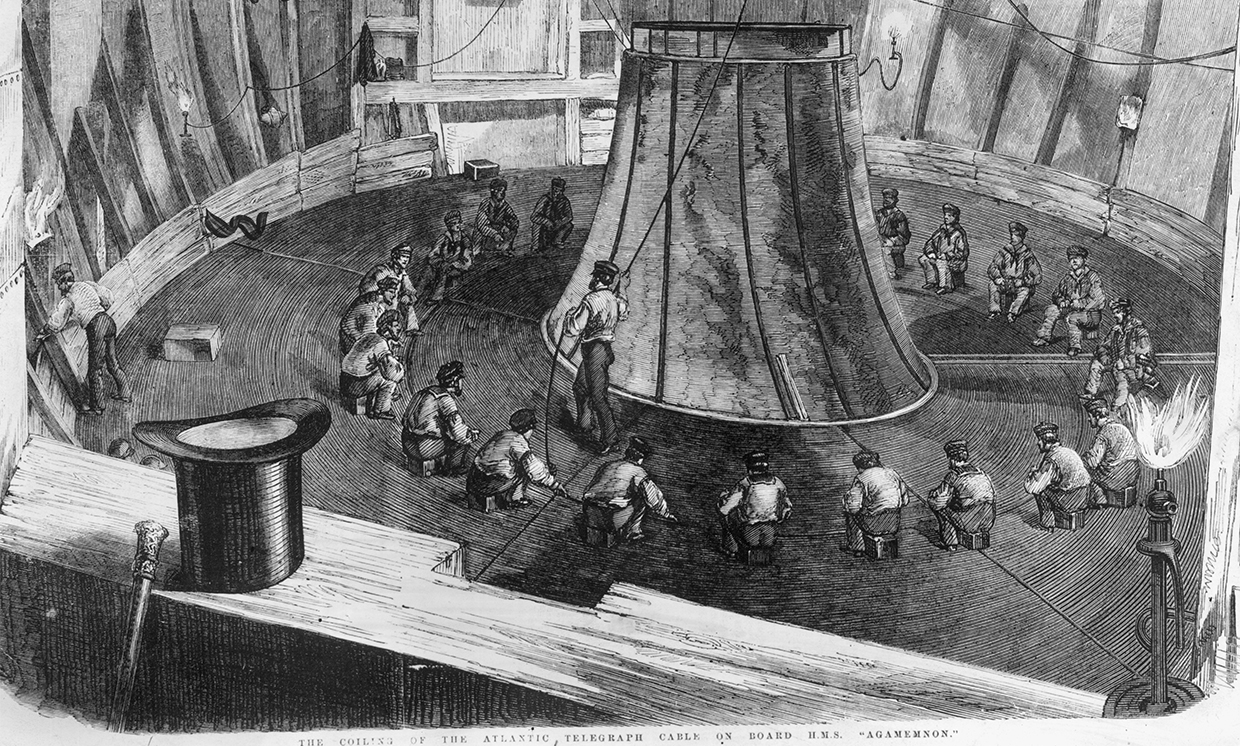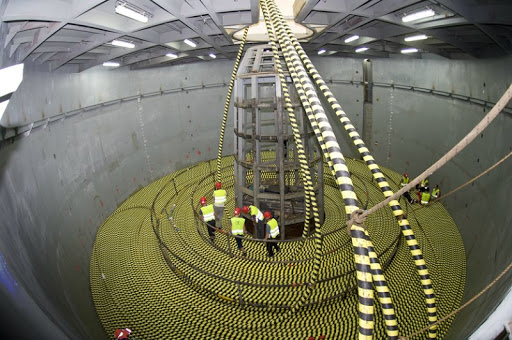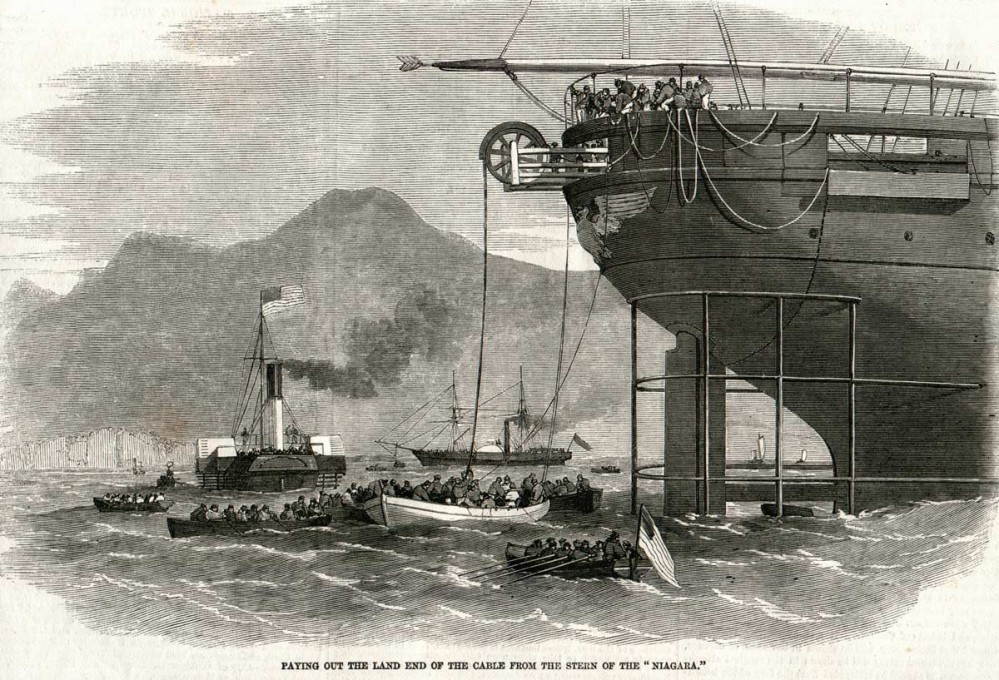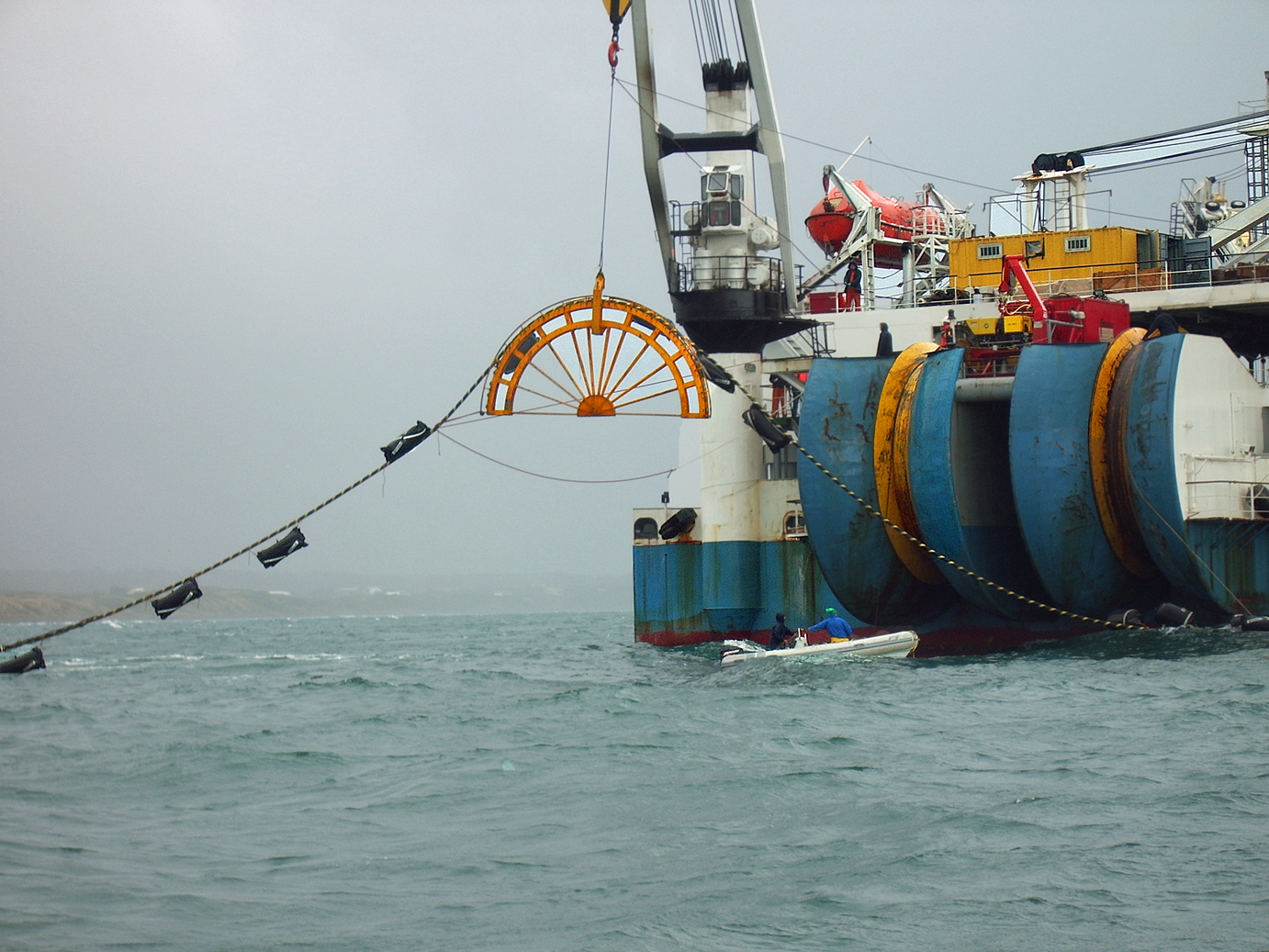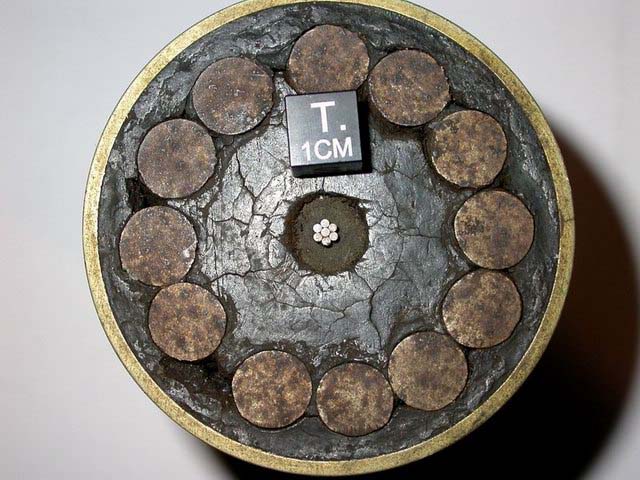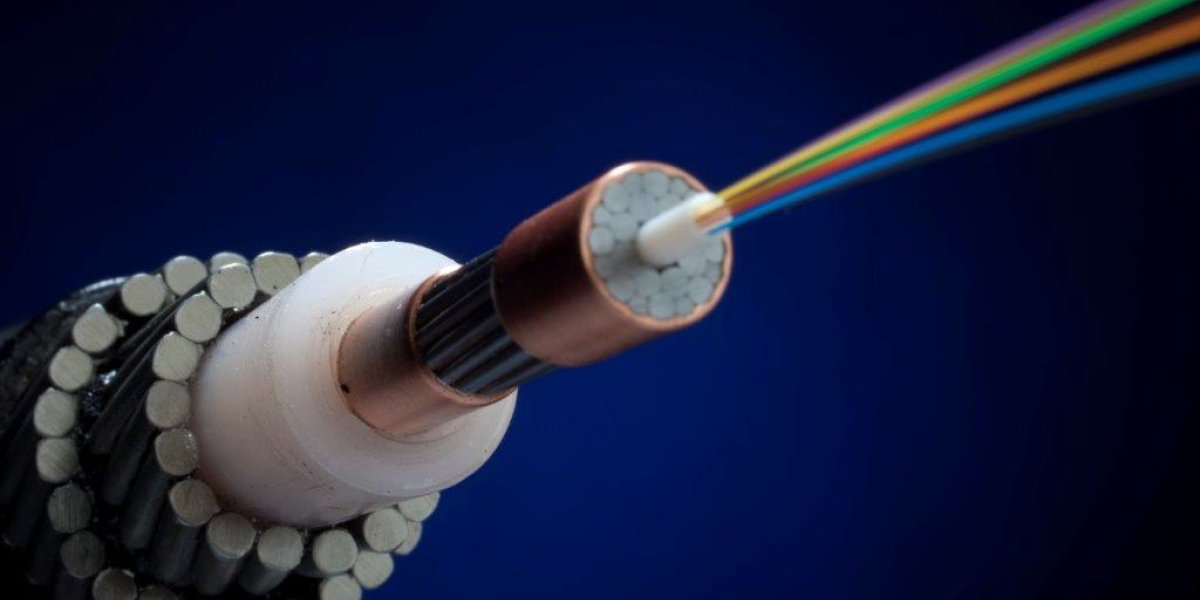A Changed World
Warshal, Matt. “What Are Fiber Optic Cables Made Of?”
Some argued sending messages by boat was best because cables could break, rendering them useless for days, months--even years. Even though the first transatlantic cable was a "bold, beautiful failure," it was a vital step in human history for a faster and more reliable means of communication.
Comparing cable-laying techniques: Then and now.
This video explains fiber optic cables, and their prominence in our lives today.
Vox. "Thin underwater cables" 2015
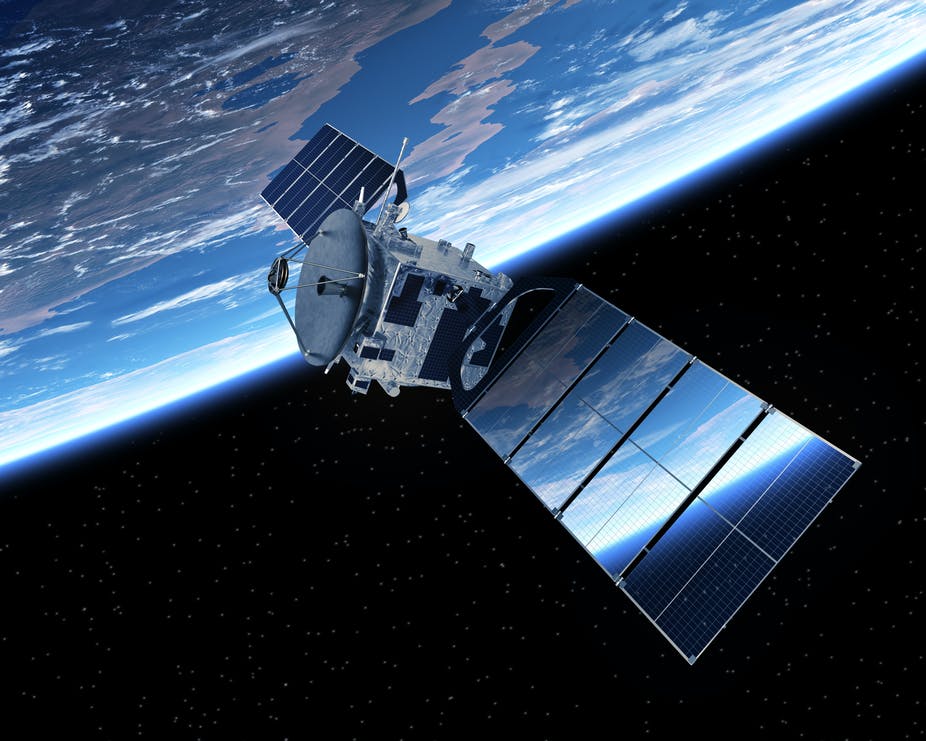
Newman, Christopher. “Houston We Have a Surfeit.”
Satellite Communication
During the twentieth century, companies raced to develop a practically instantaneous form of global communication. There were two potential forms of communication: satellite communication and underwater fiber optic cables.
In July of 1962, the Telstar Satellite orbited Earth. Almost 100 years after the success of the transatlantic cable, satellite communication across the Atlantic was successful.
Satellite communications make up only about 1% of our global communication network today.
Fiber Optic Cables
Although the more well-known of the two almost instantaneous forms of communication is satellite communication, 99% of communication across the sea today is still handled through underwater fiber optic cables. It now takes under one second to communicate across the Atlantic Ocean.
Fiber optic cables now span ocean floors and allow us to communicate at the speed of light. Times of Islamabad. “CPEC” 2019
